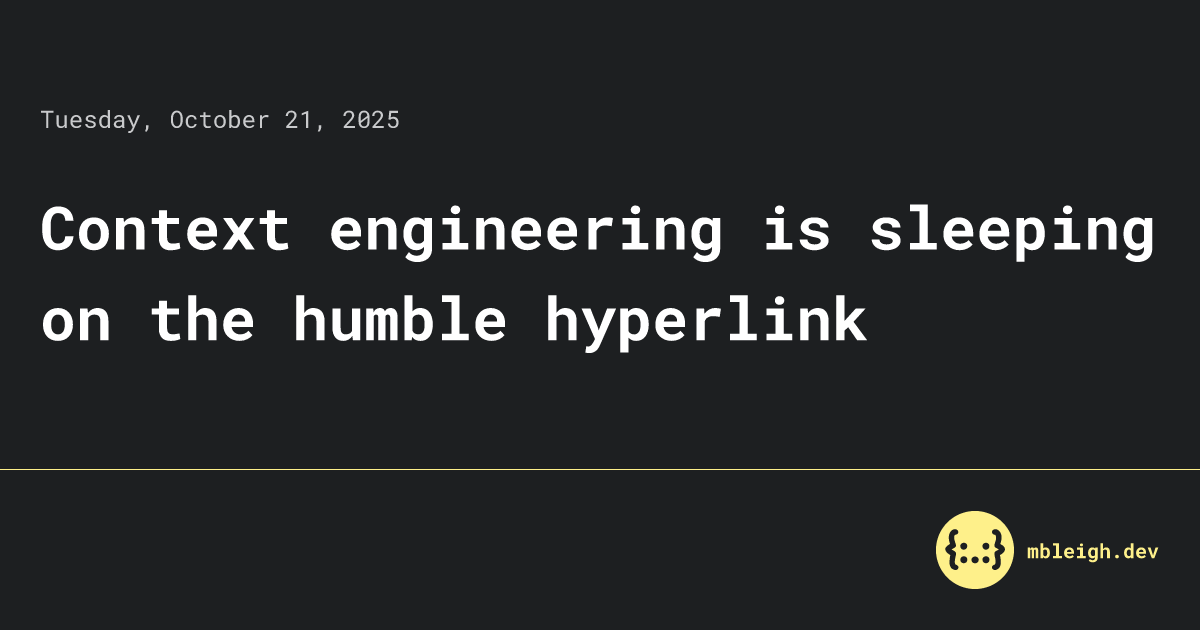Most professionals are expected to have a philosophy of practice—teachers, doctors, even designers. But when it comes to psychologists, we’re often trained to use tools, interpret data, follow ethical guidelines, and nod empathetically… all without ever formally articulating what we believe about the mind, the self, or the purpose of our work.
That seems like a design flaw.
This post is the first in what I hope will become an annual tradition: a moment to stop, sit down, and sketch out my current philosophy of psychology—not as a manifesto carved in stone, but as a working draft. A snapshot of how I think about the mind, what it means to grow or heal, and what role psychologists ought to play in that unfolding.
Why bother?
Because in psychology, it’s dangerously easy to let the tools become the theory. To confuse diagnostic categories with actual people. To follow evidence without asking whose values shaped the questions in the first place. Because practice without reflection can turn into bureaucracy. And reflection without regular return becomes drift.
So this is the counterweight.
A deliberate pause to say: Here’s what I believe—this year.
Next year, maybe it’ll shift. That’s the point. A living philosophy should change as new insight accumulates, old assumptions wear thin, or better questions emerge.
If nothing else, I’ll leave a trail of breadcrumbs through the intellectual forest I’ve wandered. Maybe you’ll find your own path by following some of them.
Psychology, at its best, is the disciplined study of being alive—of what it means to make meaning, to suffer, to change, and to participate in a shared world. My approach to psychology is neither rigidly theoretical nor purely pragmatic. It is experimental in the truest sense: an unfolding inquiry into the patterns and pressures that shape us, and the possibilities for transformation that remain open.
I begin from the belief that the self is not a fixed entity but a fluid system, composed of memory, narrative, embodiment, and context. Identity is not discovered but constructed. It is authored—sometimes deliberately, sometimes unconsciously, and always under revision. My own work is rooted in this view: that the boundaries of self can be pushed, played with, and reassembled toward insight and growth.
Therapy and introspection offer essential insights—but without structure, they rarely yield transformation. Sustainable change emerges from deliberate friction: commitment devices, constraint systems, and well-designed interventions that shift habit and perception. Change is not a matter of willpower alone, but of scaffolding: what we build around ourselves to catch and reroute default patterns.
I view psychological distress not merely as dysfunction, but often as a signal of misalignment—between a person and their environment, between values and institutions, between inner story and outer demands. While I value diagnostic clarity and intervention tools, I resist pathologizing what may be a natural response to unnatural systems. In many cases, healing involves not just internal work but external adjustment: exiting, subverting, or redesigning systems that harm.
Most institutions reward compliance, not flourishing. They prefer predictability to depth, order to honesty. In contrast, true psychological growth often requires deviation—resisting inherited scripts, questioning unearned authority, and exploring the margins of what’s considered acceptable. Whether in education, medicine, or mental health systems, I believe the psychologist must sometimes stand apart to see clearly, and advocate creatively.
Human behavior arises from a dense web of biology, context, history, and randomness. And yet, patterns emerge—habits, biases, relational dynamics, coping strategies—that can be mapped and gently rewritten. I resist simple explanations, but I do not reject the possibility of useful models. Psychology walks a line between precision and poetry. The trick is knowing which to lead with, and when.
Every model in psychology—be it behavioral, cognitive, psychoanalytic, or systemic—is a lens, not a mirror. Models simplify complex realities to generate insights and interventions, but they are not reality itself. Their value lies in what they allow us to see and do, not in whether they are ontologically correct. This includes diagnostic categories and statistical forecasts. Tools should clarify, not calcify.
No method is neutral. Whether I use a psychometric tool, a narrative interview, or a randomized design, I am always enacting an epistemology—a theory of what counts as knowledge, and how it should be gathered. My preference is for methods that honor complexity, tolerate contradiction, and invite reflection. The method must match the question—and the question must matter.
We humans need stories. Narrative coherence supports integration, identity, and healing. But I also believe in the value of open-endedness—of ambiguity, curiosity, and the refusal to settle too soon on meaning. In both personal growth and cultural analysis, ambiguity is not a failure to understand—it’s a higher-order attention to complexity. Sometimes, not-knowing is the most honest position we can take.
Psychology should be in service of expanding the shared pool of insight—not hoarding expertise behind walls of jargon or credentials. I believe knowledge is a non-depleting resource: the more we share it, the more powerful and precise it becomes. This is why I write, teach, and build tools for others. It’s not just about doing good work—it’s about enabling others to do theirs.
Finally, I believe that curiosity is the antidote to cruelty. To ask good questions is to delay judgment, to imagine alternatives, to interrupt harm. Curiosity is not passive; it is fiercely active. It keeps us honest. And in the face of suffering, ambiguity, and power, it reminds us that the best thing we can do is to keep looking—closer, longer, and together.
This philosophy is not a doctrine. It is a working draft of my orientation toward psychological life—an attempt to speak clearly about what I believe, even as I continue to evolve. If it is worth anything, it is because it invites dialogue. My commitment, above all, is to that dialogic process: between self and system, theory and practice, knowing and not-knowing.
.png)




